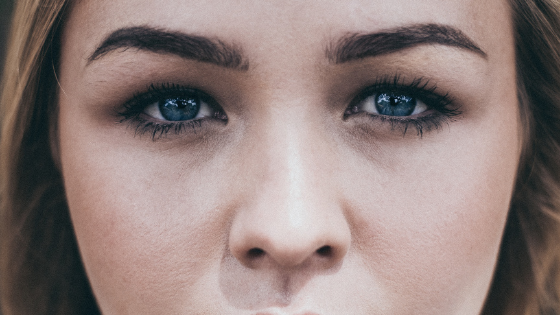
Skin aging: what happens?
Share
Aging is a natural event that affects all living beings and which involves a progressive decline of the biological functions of the organism. Aging is defined as “the sum of all physiological, genetic and molecular changes that occur over time” and this also includes the human epidermis.

Over the years, leather undergoes various transformations that progressively decrease its thickness, elasticity, tone and chromatic uniformity. We can distinguish between two types of aging:
1) Aging intrinsic o chronological - this is physiological aging and is identified with a slow process of tissue degeneration. Hormones also play a very important role in skin aging, for example a reduction in skin thickness and a decrease in collagen are often observed following menopause.
2) Aging extrinsic - it is independent of chronological age and is associated with external factors and habits, such as excessive exposure to UV radiation, which determine skin photoaging.
How does it manifest itself?
In the epidermis, a reduction in the proliferative capacity of the cells of the basal layer (the deepest one) is observed, which determines a decrease in the thickness of the epidermis itself and an alteration up to the most exterior of the skin. During skin aging, the production of Natural Moisturizing Factor (skin hydration factor intrinsic) which forms, together with an oily phase consisting of sebum, the hydrolipidic film. The skin barrier loses its balance and you can go against excessive evaporation of water from the underlying layers which causes deep dehydration.

Over the years, the production and activity of melanocytes (the cells responsible for tanning) also decreases, so the skin becomes more susceptible to the effects of sunlight. Melanin is also distributed unevenly and this determines the formation of discoloration and skin spots. The dermis also appears thinner and the production of cement molecules of the skin such as collagen and elastin decreases considerably, resulting in a drop in turgidity and in skin elasticity.
In the dermis blood circulation also slows down and this phenomenon determines a reduction of both the supply of nutrients and the removal of waste, this is reflected in the color and on the skin texture which appears dull and uneven.
The timing and modalities of this transformation largely depend on individual characteristics, but also on the habits observed in adulthood.
It is important to understand that if you take care of your skin starting from a young age, the changes in aging will be less evident.
![]()

Dott.ssa Federica D'Incà - COSMAST Master in Cosmetic Science and Technology
"Every woman has the right to be beautiful" - Elizabeth Arden
